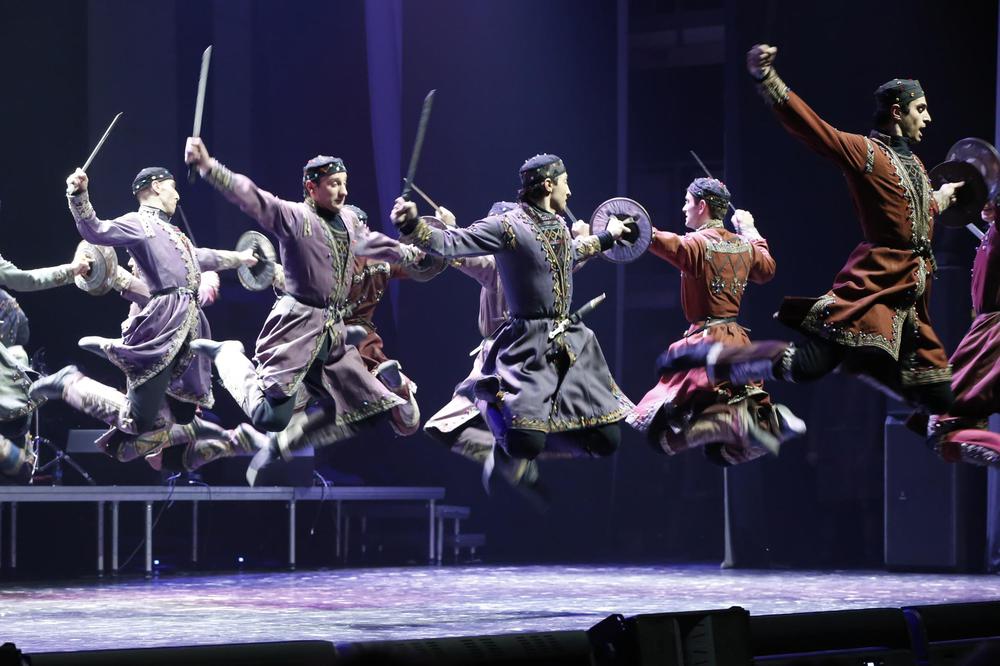Old Tbilisi, the historical heart of Georgia's capital, offers a mesmerizing blend of architecture that stands as a testament to its rich and varied history. Its streets, lined with buildings that span centuries, tell the story of Tbilisi's evolution from a strategic trading post to a vibrant modern city. This article provides a detailed exploration of the architectural wonders of Old Tbilisi, focusing on its historical and educational significance within the broader context of entertainment and tourism.
The Evolution of Old Tbilisi's Architecture
Old Tbilisi, a UNESCO World Heritage Site candidate since 2007, encapsulates the essence of Georgia's cultural and architectural heritage. The first settlement in Tbilisi originated in the 4th century, with King Vakhtang Gorgasali of Kartli playing a pivotal role in its development during the 5th century. The architecture of Old Tbilisi is a visual chronicle of its history, with each building and street reflecting a chapter from its storied past.
Architectural Highlights of Old Tbilisi
Old Tbilisi's architecture is characterized by a mix of Eastern and Western influences, visible in its eclectic mix of building styles. Key landmarks include the Writer’s House of Georgia, formerly the residence of David Sarajishvili, a Georgian brandy tycoon and philanthropist. The house features terracotta-colored ceramic tiles with a unique design, linking it to a fascinating piece of history shared with the Titanic.
The Tbilisi Marriott Hotel, originally a residence built in the Renaissance and baroque styles, showcases the opulence of early 20th-century architecture. Similarly, the Tbilisi State Opera House, with its Moorish-style interior, stands as a symbol of cultural exchange and architectural innovation.
Restoration and Modernization Efforts
Old Tbilisi has undergone significant changes over the years, with various restoration and modernization projects shaping its current appearance. The “New Life for Old Tbilisi” project, initiated under President Saakashvili, aimed to preserve the historical essence of the city while accommodating modern needs. This project faced challenges in balancing the preservation of historical integrity with the demands of contemporary urban development.
Educational and Entertainment Aspects
Architectural tours of Old Tbilisi offer an immersive educational experience, providing insights into Georgian history, culture, and art. These tours not only cater to history enthusiasts but also appeal to a broader audience seeking a unique blend of entertainment and education.
Conclusion
Old Tbilisi stands as a living museum, its architecture narrating the city's rich history. From the narrow cobblestone streets to the grand opera houses, each structure in Old Tbilisi contributes to a larger story of cultural synthesis and historical evolution. Architectural tours in this part of the city offer a unique opportunity to explore and appreciate the fusion of styles that define Tbilisi's identity.

 Georgia's UNESCO Treasures
Georgia's UNESCO Treasures
 Statue of King Vakhtang Gorgasali
Statue of King Vakhtang Gorgasali
 Georgian Cooking Classes
Georgian Cooking Classes
 Wine Tasting in Georgia
Wine Tasting in Georgia
 Archaeological Site Visits in Georgia
Archaeological Site Visits in Georgia




